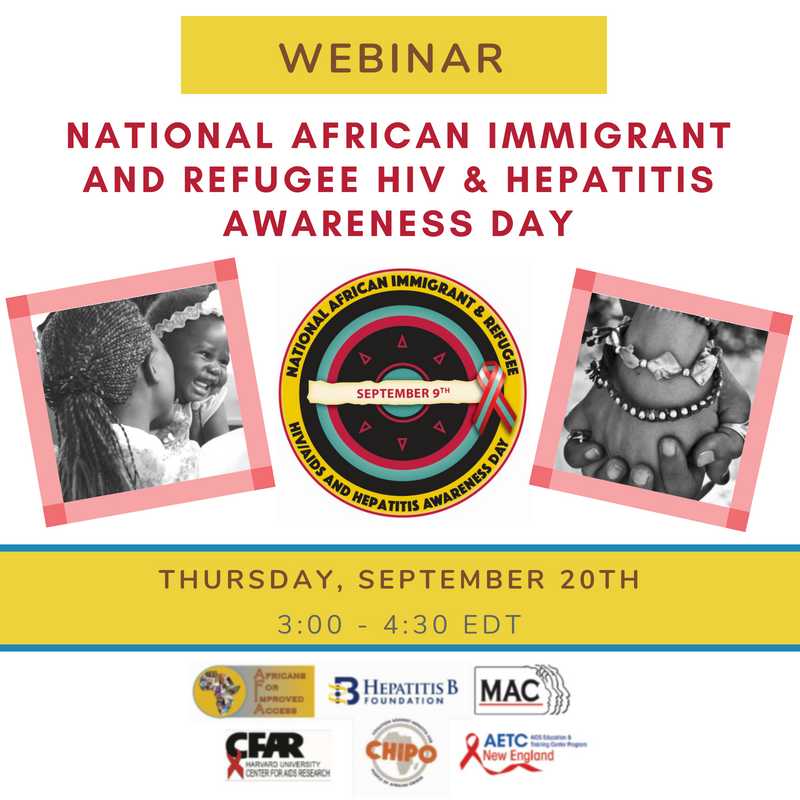
As the holidays approach, families are planning parties and dinners and preparing to spend time with their loved ones. In such a merry atmosphere, the idea of discussing hepatitis B – whether its a recent diagnosis or the first time that you are ready to disclose your status – may be intimidating. However, it doesn’t have to be! In honor of National Family Health History Day – which falls on Thanksgiving – we put together some tips to help you start the conversation.
- Start Small – Facing your entire family at once can be frightening in any situation. Consider pulling one or two family members that you trust aside and speak with them first. They might offer advice on how to tell the rest of the family.
- Come Prepared – Although chronic hepatitis B is the world’s most common risk factor for liver cancer, there is a universal lack of education and awareness about the infection. Use our fact sheets to help your loved ones understand what hepatitis B is, how it impacts your liver, and what it means to live with it. For more fact sheets and to view them in different languages, click here. Be sure to let your family know that hepatitis B is spread by direct blood contact, not through casual interactions. They cannot be infected by sharing the same utensils as you, eating food prepared by you, or casual touches such as hugging.
- Be Encouraging – Most people who are diagnosed with hepatitis B live long, healthy lives! Let your family know that you are monitoring the infection and taking the necessary precautions to prevent liver damage. Your family will be happy to know that you are in control of your health!
- Let them know how to help – Although you may be able to

Image courtesy of Canva manage hepatitis B by yourself, creating a support network is always a good idea! Do you have any active family members? Exercise is great for the liver, so ask them to come along next time you go for a bike ride or hit the gym! Maybe you know someone who is great at cooking. Try cooking some healthy meals together!
- Give them time – Hearing about a medical diagnosis can be difficult for everyone involved and may also be a sensitive topic for some. Don’t let this discourage you! Try showing them a few of our #justB campaign videos, which feature real people who have been impacted by hepatitis B. Some stories, like Alan’s, discuss how people often do not realize that hepatitis B and liver cancer are related. Other stories, like Alice’s, showcase the importance of being honest with your loved ones and explain how to turn a diagnosis into an educational opportunity. Viewing #justB stories might help your family members feel more comfortable talking about the infection and encourage them to learn their own hepatitis B status.
National Family Health History Day

In 2004, the Surgeon General declared Thanksgiving Day to be National Family Health History Day. It’s meant as a time for families to discuss health issues that appear to run in the family. While hepatitis B cannot be passed from generation to generation like genetic diseases, it is commonly spread within families due to how the virus is transmitted. The most common mode of transmission is from mother-to-child during childbirth, often because the mother was unaware that she was infected and that certain precautions needed to be taken to prevent transmission to the baby. As hepatitis B rarely has any symptoms, many people do not discover that they are infected until a family member is diagnosed or they develop liver damage. Approaching the topic and starting the conversation can help to break this cycle of transmission within families.
The good news is that hepatitis B is preventable and, if detected early, liver damage can be prevented! Offer to help your loved ones make an appointment with their doctor or to accompany them when they go to get tested or vaccinated; they’ll appreciate the extra support!
Also, consider making some time this Thanksgiving to fill out My Family Health Portrait – a free tool that maps out your family’s history of health conditions and identifies what you may be at risk for.
The topic of health is important all year round; you don’t have to wait for the holiday season to bring it up! Start the conversation today and help your family find the information they need to protect themselves and stay healthy!





 disease.1,3. Additionally; lack of hepatitis B vaccination recommendations for high risk groups, low implementation of hepatitis B screening during pregnancy, supply shortages and vaccine hesitancy, have created opportunities for hepatitis B and D transmission. Exposure to infected blood or sexual fluids through blood transfusions or surgeries (before the 1990’s), tattoos, piercings, injection drug use, or sexual contact with an infected person, can expose people already living with hepatitis B to hepatitis D, or expose those who have not received the full hepatitis B vaccine series to both viruses. Control of hepatitis B and D coinfection has also been hindered by the lack of a national registry and surveillance system thus preventing an understanding of the accurate prevalence and public health burden1.
disease.1,3. Additionally; lack of hepatitis B vaccination recommendations for high risk groups, low implementation of hepatitis B screening during pregnancy, supply shortages and vaccine hesitancy, have created opportunities for hepatitis B and D transmission. Exposure to infected blood or sexual fluids through blood transfusions or surgeries (before the 1990’s), tattoos, piercings, injection drug use, or sexual contact with an infected person, can expose people already living with hepatitis B to hepatitis D, or expose those who have not received the full hepatitis B vaccine series to both viruses. Control of hepatitis B and D coinfection has also been hindered by the lack of a national registry and surveillance system thus preventing an understanding of the accurate prevalence and public health burden1. which has led to late diagnoses and cost many patient lives. For patients who are diagnosed, investigational testing is not covered by the national insurance house, placing a financial burden on patients to pay out of pocket for the additional testing necessary to manage their coinfection. With pegylated interferon injections as the only semi-effective treatment option, even diagnosed patients struggle to effectively control their coinfection and even less are connected to clinical trials. Although there are 7 new drugs in clinical trials, progress has lagged behind patient need for new therapies, many of whom are living with cirrhosis.
which has led to late diagnoses and cost many patient lives. For patients who are diagnosed, investigational testing is not covered by the national insurance house, placing a financial burden on patients to pay out of pocket for the additional testing necessary to manage their coinfection. With pegylated interferon injections as the only semi-effective treatment option, even diagnosed patients struggle to effectively control their coinfection and even less are connected to clinical trials. Although there are 7 new drugs in clinical trials, progress has lagged behind patient need for new therapies, many of whom are living with cirrhosis. Liver cancer occurs when normal liver cells begin to gr
Liver cancer occurs when normal liver cells begin to gr
 October is Liver Cancer Awareness Month. Often we neglect to think about the link between hepatitis and liver cancer. Tuesday, Oct. 16, representatives from
October is Liver Cancer Awareness Month. Often we neglect to think about the link between hepatitis and liver cancer. Tuesday, Oct. 16, representatives from 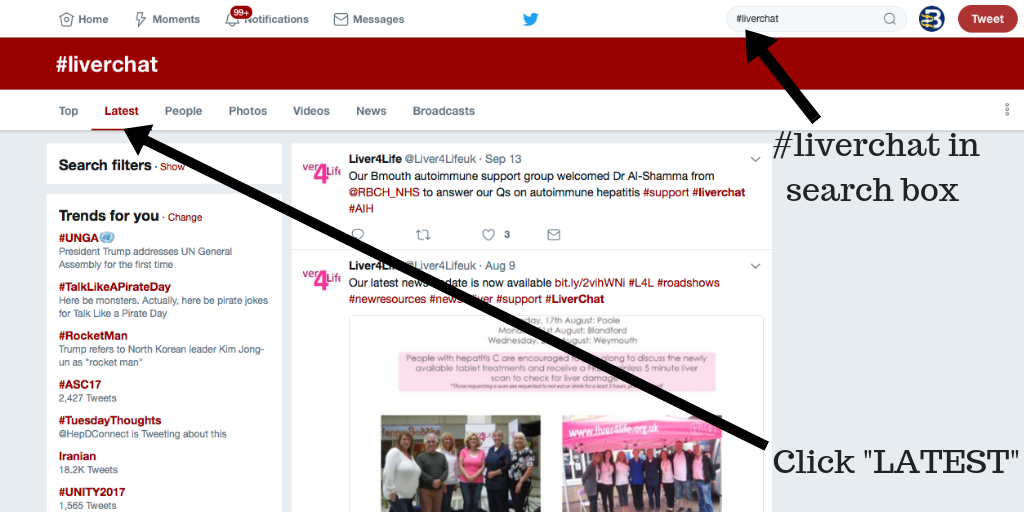
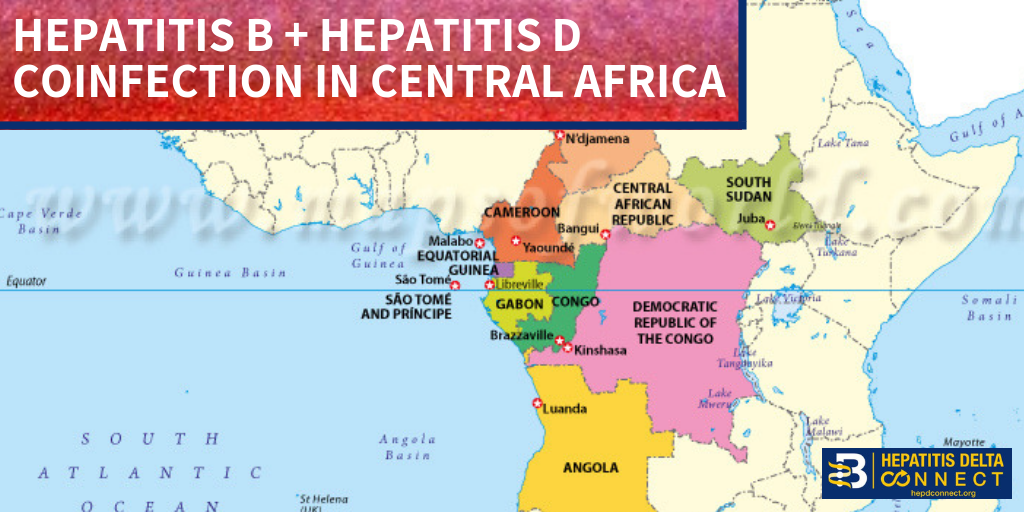


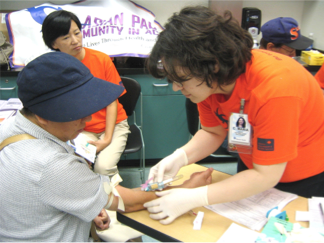 Arizona’s hepatitis B story
Arizona’s hepatitis B story 
 Layal Rabat is a third culture kid who has spent years practicing the fine art of parachuting into projects as the need for her skills arises. She takes an intersectional approach to her work and does not shy away from any cause where injustice is present and her contribution is welcomed and necessary. Her experience lies in project management, traditional and digital communications using all mediums from her own voice to videos to writing to tweeting, assembling audience-specific information for delivery in an infinite amount of ways. An infinitely curious researcher and an obsessive collector and assembler of information, she is often seen playing a supportive role in the background and amplifying the voices of those directly affected by injustice in her community. Fluent in English & Arabic, intermediate in Spanish & knows a tiny bit of Armenian. Current issues are immigrant rights and public health. With a BS in Psychology & an MA in Social Justice & Human Rights, she is currently working as the Empowerment & Advocacy Manager at the Asian Pacific Community in Action, and volunteering her time as IT/Web & Social Media Coordinator at Phoenix Allies for Community Health. She also volunteers with the Restoration Project, Phoenix, and serves as a board member with Sonoran Prevention Works. In her spare time, she enjoys listening to music (& karaoke), reading, writing, photography, and traveling.
Layal Rabat is a third culture kid who has spent years practicing the fine art of parachuting into projects as the need for her skills arises. She takes an intersectional approach to her work and does not shy away from any cause where injustice is present and her contribution is welcomed and necessary. Her experience lies in project management, traditional and digital communications using all mediums from her own voice to videos to writing to tweeting, assembling audience-specific information for delivery in an infinite amount of ways. An infinitely curious researcher and an obsessive collector and assembler of information, she is often seen playing a supportive role in the background and amplifying the voices of those directly affected by injustice in her community. Fluent in English & Arabic, intermediate in Spanish & knows a tiny bit of Armenian. Current issues are immigrant rights and public health. With a BS in Psychology & an MA in Social Justice & Human Rights, she is currently working as the Empowerment & Advocacy Manager at the Asian Pacific Community in Action, and volunteering her time as IT/Web & Social Media Coordinator at Phoenix Allies for Community Health. She also volunteers with the Restoration Project, Phoenix, and serves as a board member with Sonoran Prevention Works. In her spare time, she enjoys listening to music (& karaoke), reading, writing, photography, and traveling.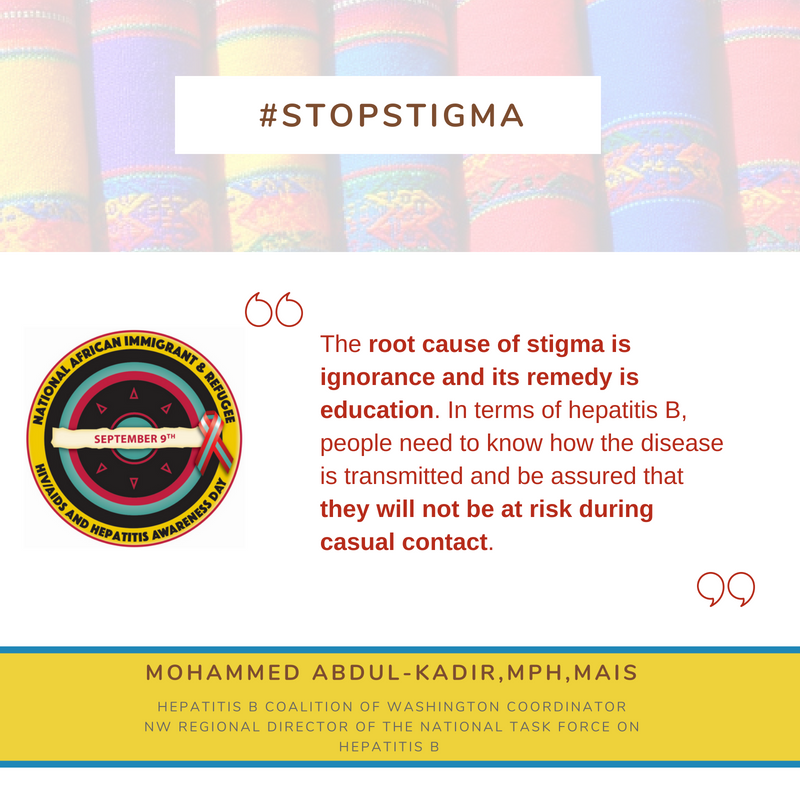 Access (AFIA) program at the Multicultural Aids Coalition (MAC), the Coalition Against Hepatitis for People of African Origin (CHIPO), the New England AIDS Education and Training Center (NEAETC), and the Harvard University Center for AIDS Research (CFAR) in continuing the national fight for federal recognition of National African Immigrant and Refugee HIV and Hepatitis Awareness Day (NAIRAHHA).
Access (AFIA) program at the Multicultural Aids Coalition (MAC), the Coalition Against Hepatitis for People of African Origin (CHIPO), the New England AIDS Education and Training Center (NEAETC), and the Harvard University Center for AIDS Research (CFAR) in continuing the national fight for federal recognition of National African Immigrant and Refugee HIV and Hepatitis Awareness Day (NAIRAHHA).